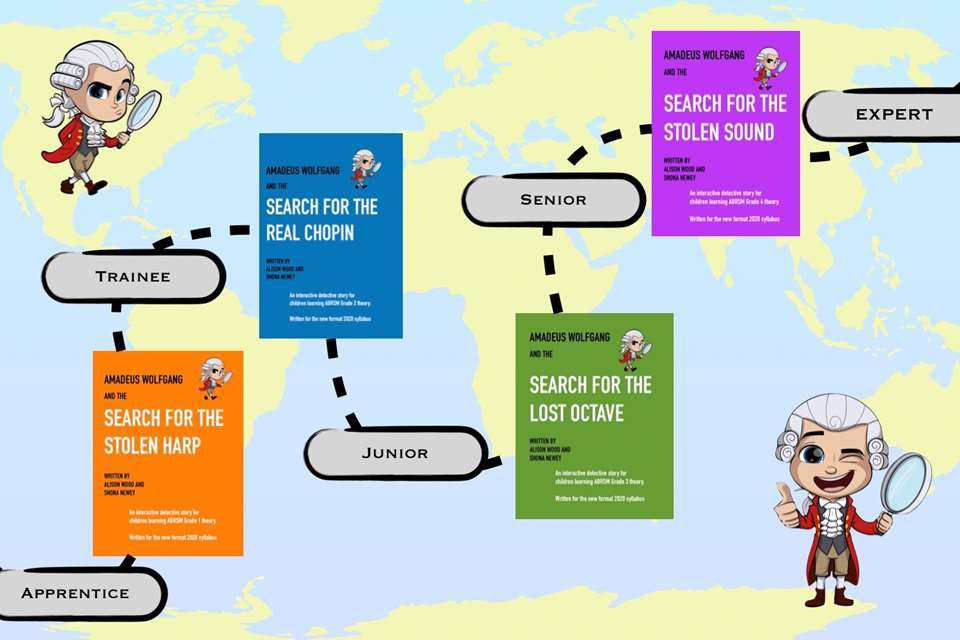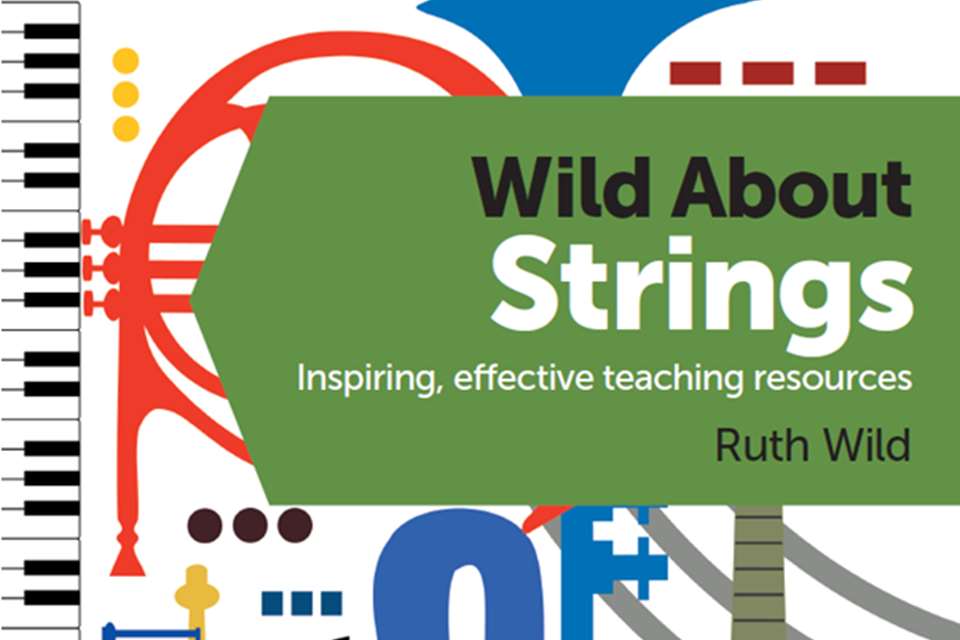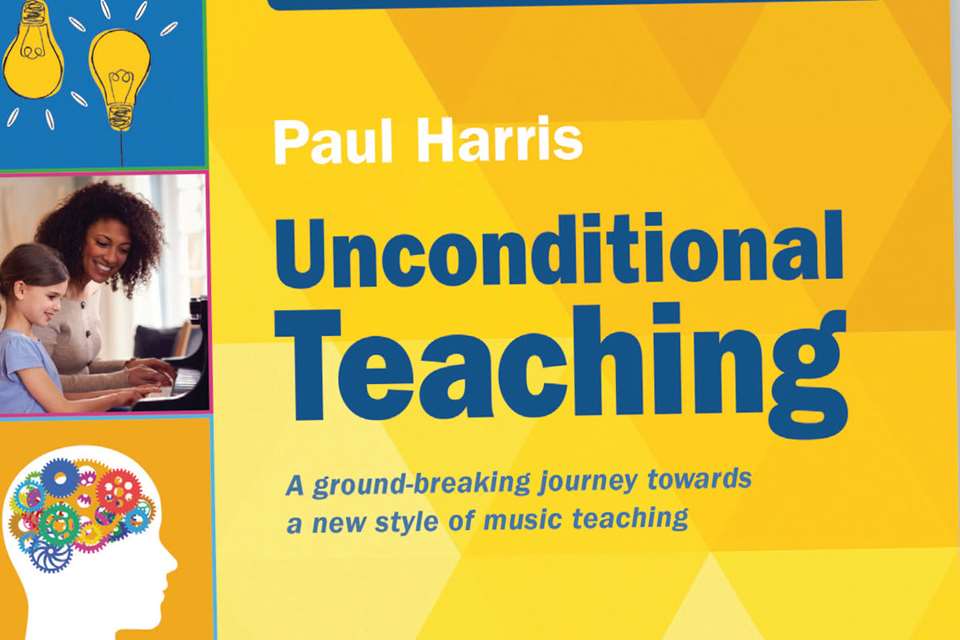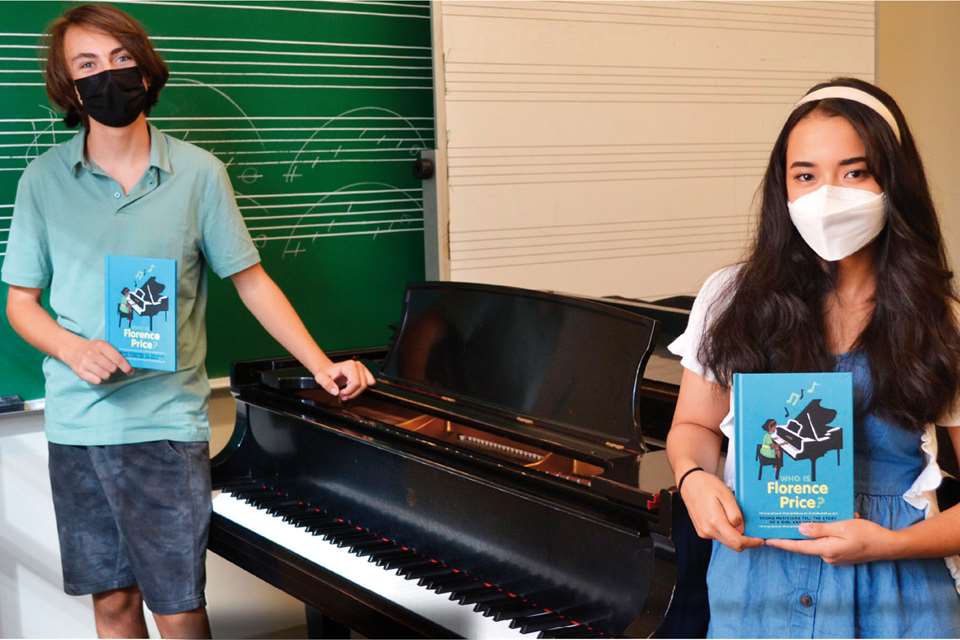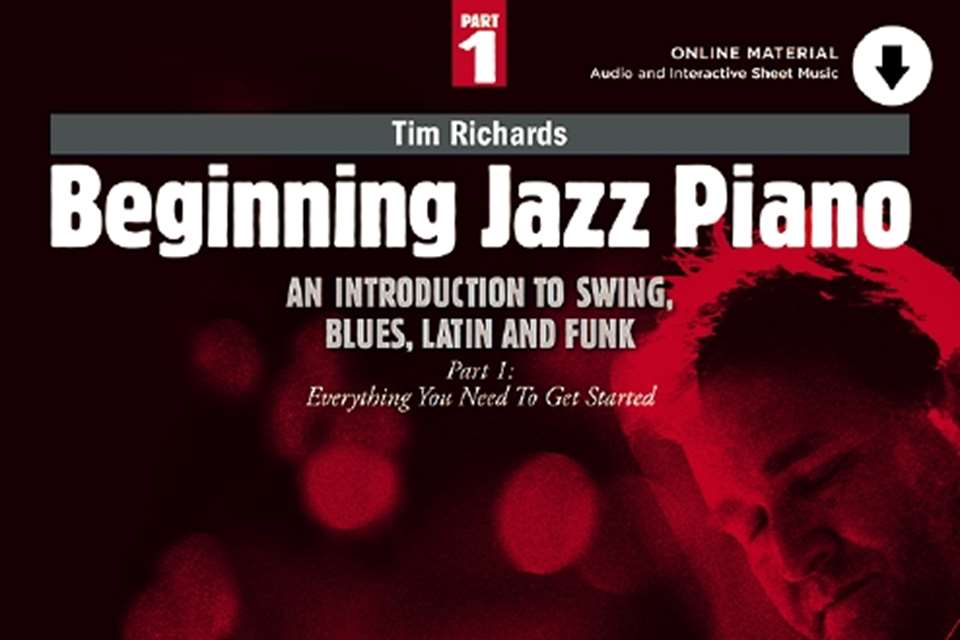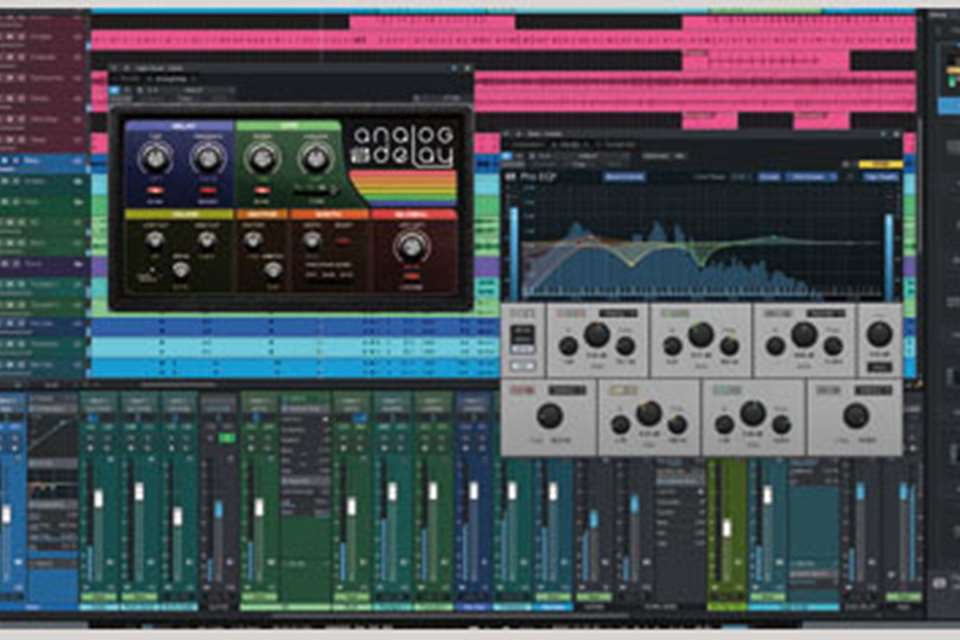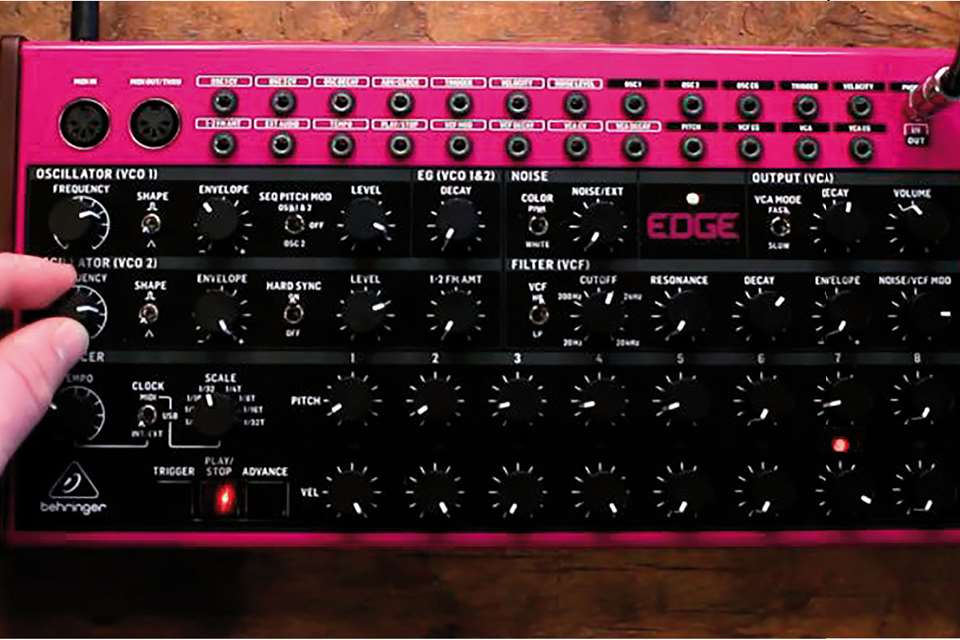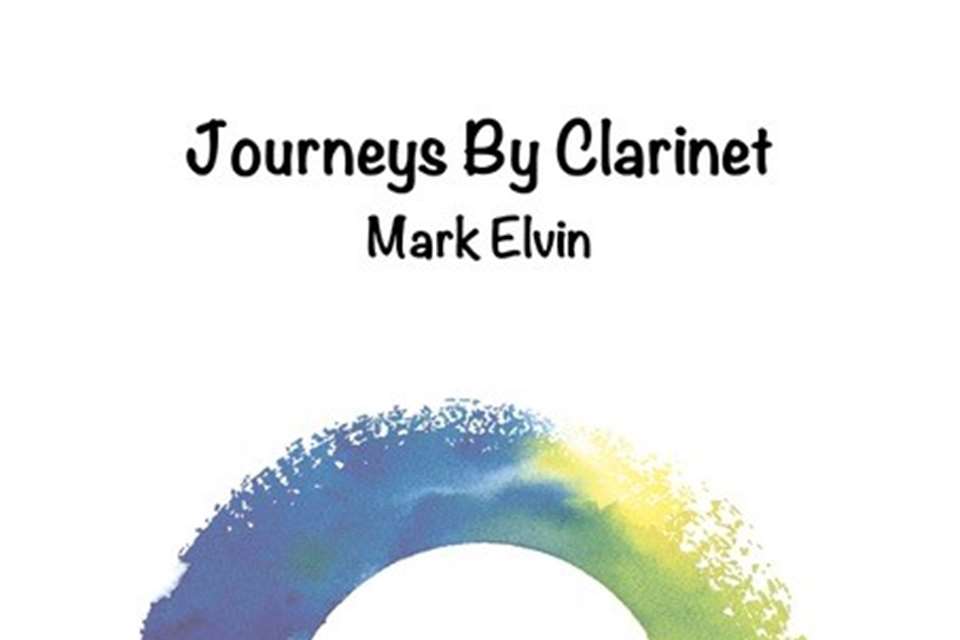Book Reviews: How to Practise Music
Helena Ruinard
Friday, April 1, 2022
Helena Ruinard takes a look at How to Practice Music by Andrew Eales, published by Hal Leonard Europe.
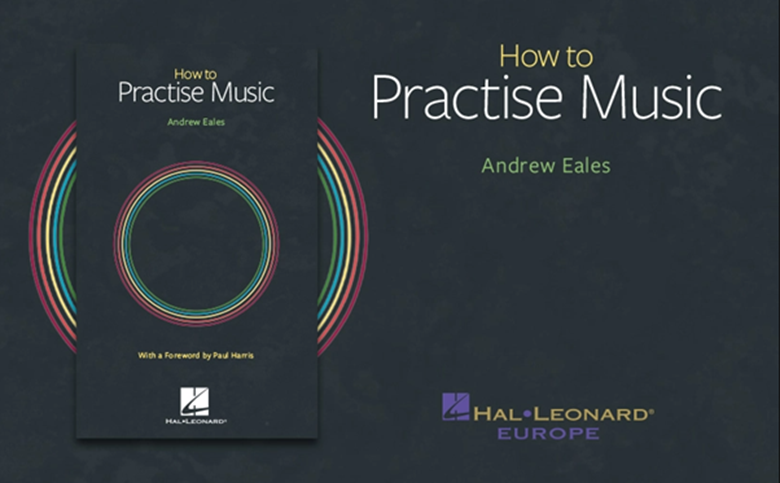
The modern variant on the old adage ‘practice makes perfect’ – ‘practice makes permanent’ – is all too apt for many of us and our students; the point being that practice is only really worth doing with awareness, planning and some creativity. In this helpful little book, the author considers 50 aspects of practice and unpacks them in such a way as to be useful to instrumentalists and vocalists of any genre.
The one-page chapters are grouped into seven sections starting with ‘How to be motivated’, ‘How to plan your practice’ and ‘How to warm up’, moving through sections on core skills, pieces and mindful practice to finish with a section titled ‘How to practise playing’. Perhaps the main message of the book is that it is wise to do two types of practice: both structured practice sessions, consisting of core skills and strategic repertoire learning, and sessions where you allow yourself to take a deep dive into repertoire and anything else that fascinates you. In other words, to allow for child-like play.
It is telling that the one of only two names referenced in the book is Dr Stuart Brown, for his four ingredients of transformative play that form the beginning of Eales’ last section. It is worth listing the four types of play as the reader will see how well they apply to being a rounded musician:
- Play justifies itself
- Play is voluntary
- Play is outside of time
- Play is improvisational
In setting out these factors for readers to consider, the author is encouraging them to give themselves permission to explore, leading on perfectly to chapters on improvisation, authenticity, and personality, developing flow, and getting ready to perform.
Apart from improvisation, which I would argue is still developing a place for itself in our music education landscape, the other chapters all consider things which today's professionals will have had drummed into them as students (but possibly without much explanation) – for example, how to go about becoming an authentic performer. Even if the time and process are no different – meaning that this still demands a deep relationship with music, developed over time and many hundreds or thousands of hours – it will still be more efficient for the performer to realise this with the book rather than through experience, and therefore give themselves the right opportunities.
There are lots of ideas and sound advice on how to practise pieces efficiently, starting with selecting repertoire. The advice through most of this section speaks to learners rather than professionals, as the chapters cover subjects like checking the level is appropriate, getting to know the notes, ‘chunking’, using a metronome, and a chapter on the positives of backing tracks.
However, musicians of all abilities can pick up useful reminders from the chapters on selecting repertoire, doing slow practice, and making recordings. The author advises musicians to ensure plenty of variety in the pieces they choose so that they end up playing an array of music. It suggests students include challenging repertoire as well as ‘quick-win’ pieces to boost their confidence; pieces they are working on for a performance and music they will play in an ensemble; quick-study pieces to improve their sight-reading, and pieces they learn by ear; favourite music that they have long wanted to learn, as well as experimental pieces that introduce them to other styles and genres, and improvised pieces.
A serious learner would need plenty of expert guidance to find material and apply these principles. In many ways the book is like an extra parent or adviser – it is explaining why it is good to practise scales, practise slowly, or warm up. While it does give plenty of tips and ideas with clear explanations, it does not provide any specific musical impetuses. However, there are some excellent resources and teachers who do provide the necessary musical starting points. For example, violinists will know and love Simon Fischer's Basics series, which goes into depth with very short excerpts; there are plenty of jazz scales books to explore, alongside apps to support improvisation.
The reasoning in this book seems more interesting than the directions for how to practise, but that may be the perspective of a teacher. Any independent learner or parent committed to their child's progress would benefit from having this book to dip into, and to make sure they are investing all that practice time as well as possible.
How to Practise Music is £7.99.
ISBN: 9781705142837


